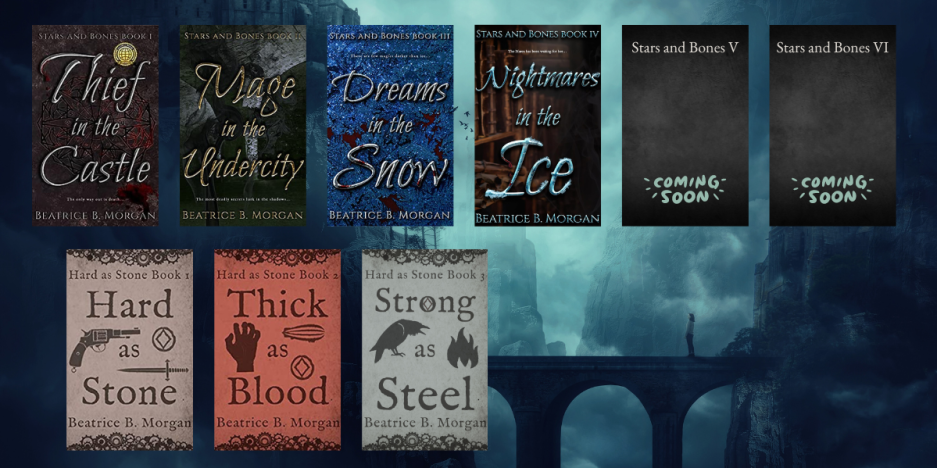I have a peeve when it comes to colors. When you’re giving something a color, whether it be eyes, hair, skin, carpet, pants – don’t get weird with words. When I say ‘weird’ I mean don’t give weird colors to things. If Sally’s got dark brown hair, then say she’s got dark brown hair, not carob, or hickory, or cedar – dark brown. Everyone knows what dark brown looks like. Not everyone is going to know the difference between cedar and mahogany.
You don’t have to google “shades of purple” to find the right color for your character’s eyes or hair. Unless you’re writing to an audience of art majors, cosmetologists, or interior designers, most people aren’t going to nitpick colors. There is barely difference between “strawberry,” and “flamingo.” At least not enough for the general population to notice.
Eggplant, royal purple, wizard purple; does it matter? Dark purple works just fine. To me, the core colors strike more vivid pictures than specific colors. When I come across cerulean or azure, I have to stop and think about what color that is. (It’s blue). It takes me out of the story, out of the narrative, and reminds me that I’m reading. Of course, I’m not an art person. I took theater in college instead of art.
This might stem from reading fan fiction; it seems to happen more frequently in beginning writers’ work. (You’re not being new or creative when you give your character amethyst eyes. You’re being inconsistent when they also are given violet eyes, and in another section, iris eyes.)
When it comes to color, it also depends on the character. Does the character think ‘flaxen’ when he thinks of blonde? It may be in his character to do so. However, this bends into character voice and author voice – to whom does the word belong? Is ‘flaxen’ a word the author is using, or is it a word the character is using?
